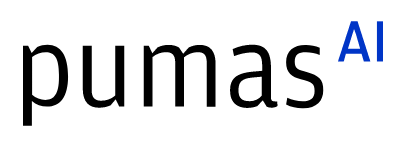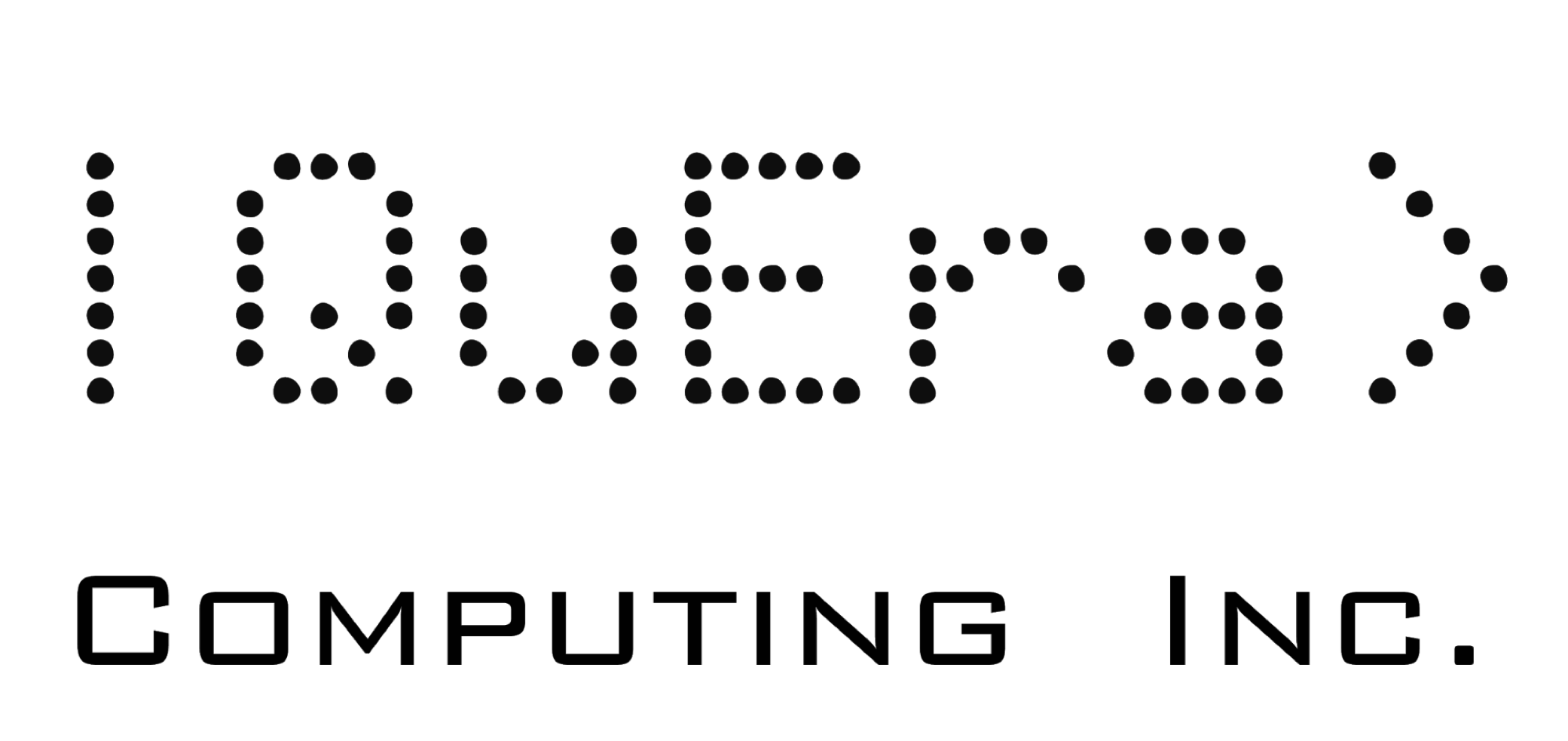GPU accelerated medical image segmentation framework
Abstract:
Medical image segmentation with Julia Participants can download data before task 9 from https://drive.google.com/drive/folders/1HqEgzS8BV2c7xYNrZdEAnrHk7osJJ--2 Additionally tou can download required libraries to your enviroment ]add ProgressMeter StaticArrays BSON Distributed Flux Hyperopt Plots MedEye3d Distributions Clustering IrrationalConstants ParallelStencil CUDA HDF5 MedEval3D Colors
Description:
As the preparation for the workshop I will ask participants to load earlier the dataset on which we would work on - Dataset can be found in link [2]. Additionally you can load required packages to the enviroment where You will work in [3]. In order to fully participate you need to have Nvidia GPU available.
Medical image segmentation is a rapidly developing field of Computer Vision. This area of research requires knowledge in radiologic imaging, mathematics and computer science. In order to provide assistance to the researchers multiple software packages were developed. However because of the rapidly changing scientific environment those tools can no longer be effective for some of the users. Such situation is present in the case of Julia language users that require support for the interactive programming development style that is not popular among traditional software tools. Another characteristic of modern programming for 3 dimensional medical imaging data is GPU acceleration which can give outstanding improvement of algorithms performance in case of working with 3D medical imaging. Hence in this work the author presents sets of new Julia language software tools that are designed to fulfil emerging needs. Those tools include GPU accelerated medical image viewer with annotation possibilities that is characterised by a very convenient programming interface. CUDA accelerated Medical segmentation metrics tool that supplies state of the art implementations of algorithms required for quantification of similarity between algorithm output and gold standard. Lastly, a set of utility tools connecting those two mentioned packages with HDF5 file system and preprocessing using MONAI and PythonCall.
Main unique feature of the presented framework is ease of interoperability with other Julia packages, which in the rapidly developing ecosystem of scientific computing may spark in the opinion of the author application of multiple algorithms from fields usually not widely used in medical image segmentation like differential programming, topology etc.
I am planning to conduct a workshop with the assumption of only basic knowledge of Julia programming and no medical knowledge at all. Most of the time would be devoted to walk through end to end example medical image segmentation like in the tutorial available under link below [1], with code executed live during workshop. In order to run some parts of the workshop users would need a CUDA environment. Because of the complex nature of the problem some theoretical introductions will also be needed.
Plan for the workshop :
1.Introduction to medical imaging data format
2.Presentation of loading data and simple preprocessing using MONAI and PythonCall
3.Tutorial presenting how to use MedEye3d viewer and annotator
4.Implementing first phase of example algorithm on CPU showing some Julia features supporting work on multidimensional arrays
5.Presenting further part of the example algorithm using GPU acceleration with CUDA.jl and ParallelStencil with short introduction to GPU programming .
6.Presenting how to save and retrieve data using HDF5.jl
7.Show how to apply medical segmentation metrics from MedEval3D, and some introduction how to choose properly the metric depending on the problem
8.Discuss How one can improve the performance of the algorithm and what are some planned future directions
[1] https://github.com/jakubMitura14/MedPipe3DTutorial [2]Participants can download data before task 9 from https://drive.google.com/drive/folders/1HqEgzS8BV2c7xYNrZdEAnrHk7osJJ--2 [3] ]add Flux Hyperopt Plots UNet MedEye3d Distributions Clustering IrrationalConstants ParallelStencil CUDA HDF5 MedEval3D MedPipe3D Colors
Platinum sponsors



Gold sponsors


Silver sponsors








Media partners



Community partners


Fiscal Sponsor
